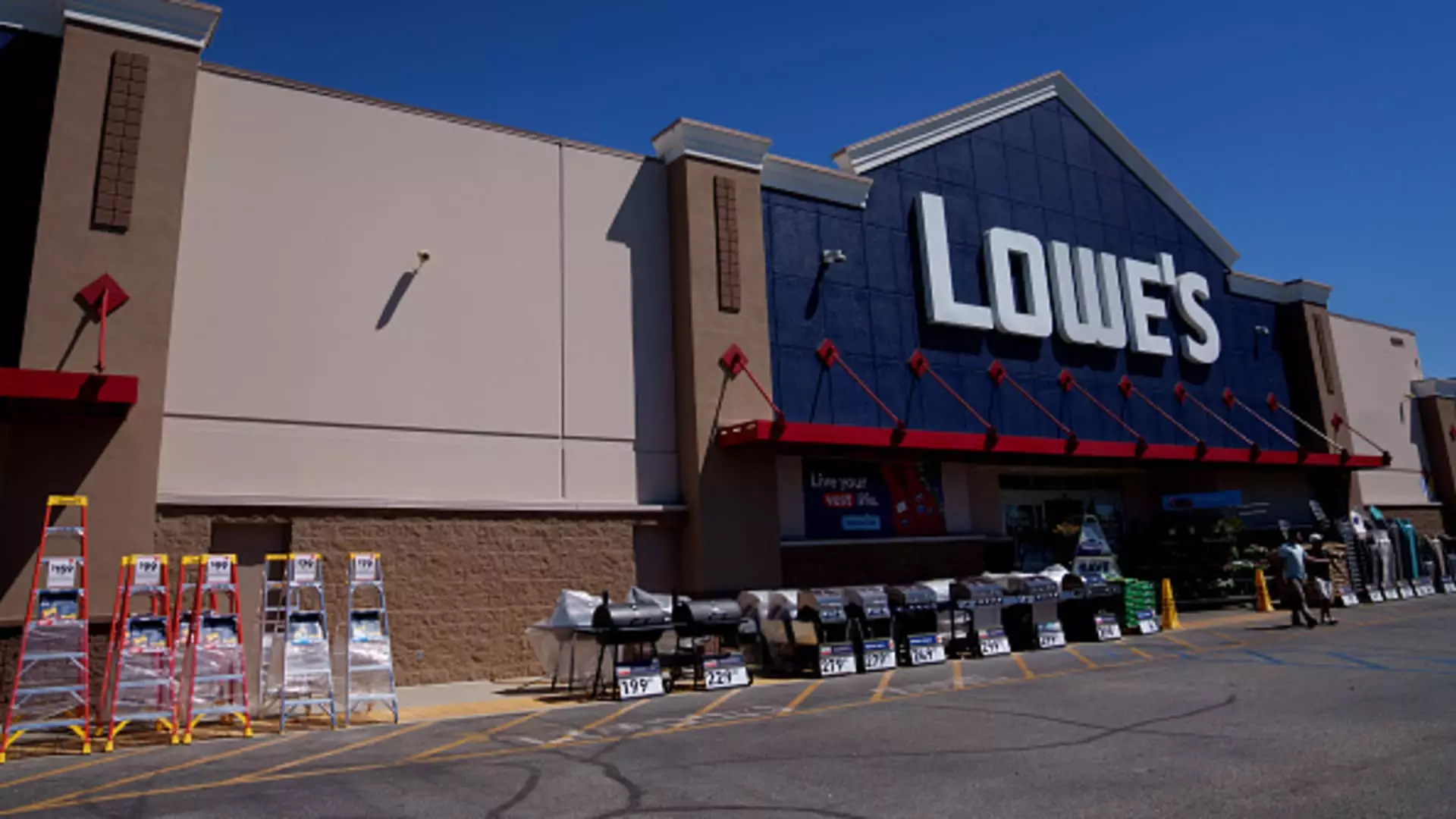Unveiling Opportunities in Retail: Navigating Interest Rate Cuts and Consumer Sentiment

As the Federal Reserve initiates its long-anticipated interest rate-cutting cycle, a wave of optimism is beginning to sweep through the retail sector. Historically, this pivotal monetary policy transition marks a significant turning point for consumers and retailers alike, creating fertile ground for investments. Dana Telsey, CEO and chief research officer, has drawn attention to the data indicating that retail stocks tend to outperform the S&P 500 during the initial phases of past easing cycles. This phenomenon raises critical questions about which retail sectors may thrive in a declining interest rate environment and how consumer behavior is likely to shift.
Analysis shows a convincing trend: in the nine months following the commencement of monetary easing, the consumer discretionary sector within the S&P 500 has consistently outperformed the broader market. This pattern persisted, revealing that during eight of the last nine easing cycles over a 12-month horizon, retail stocks eclipsed the S&P 500 Index. This compelling data provides a solid foundation for investors seeking to capitalize on expected growth in consumer spending as the cost of financing decreases.
The recent rate cut of half a percentage point — the first of its kind since March 2020 — is set to impact a variety of sectors. While these rates influence borrowing costs for consumers, they also significantly alter the landscape for sectors dependent on consumer sentiment and discretionary income.
Potential Beneficiaries: Discount Retailers on the Rise
In light of this developing narrative, certain stocks have emerged as prime candidates for growth, particularly among discount retailers. Brands like Dollar General and Walmart are projected to thrive if middle-income consumers see an improvement in disposable income. Telsey assigned these stocks aggressive price targets, indicating they could rise 19.8% and 3.7%, respectively. However, it’s necessary to consider the broader context: Dollar General has seen a decline of over 36% this year due to challenges posed by inflation and inventory mismanagement, while Walmart has enjoyed a robust 52.2% rise year-to-date, signaling a dual pathway for investors depending on economic conditions.
The home improvement sector also stands on the brink of potential success as consumer sentiment begins to mirror declining interest rates. Companies like Home Depot and Lowe’s are likely to benefit significantly as middle-income consumers embark on home renovations fueled by financing options. Performance indicators show that Home Depot and Lowe’s have experienced price increases of approximately 12.9% and 17.2% this year, respectively. Anticipated declines in consumer hesitance due to prior high rates could stimulate a renaissance in home sales and renovation projects.
Yet, the cautionary tone from Home Depot regarding a projected 3% to 4% decline in full-year comparable sales reiterates the volatility that still exists within the market. This underscores an important point for investors: while opportunities abound, an understanding of market nuances is crucial.
Technology and Luxury Retail Insights
Moreover, the technology retail sector may also experience a renaissance. Best Buy, known for its electronics sales, is likely to be buoyed by improving middle-income consumer sentiment as disposable income rises.
Interestingly, the luxury segment may not be left behind either. Brands such as Williams-Sonoma and the German sandals label Birkenstock could prosper if high-income consumer confidence grows in tandem with an upturn in equity markets and housing conditions. Forecasts suggest potential gains of 14.8% and 3.6%, respectively, supported by a substantial 50% increase in Williams-Sonoma’s stock this year alone. Nonetheless, analyst projections suggest caution, with expectations of a slight pullback in shares.
The impending wave of monetary easing presents both challenges and opportunities for various sectors within retail. Understanding the dynamics of consumer sentiment — especially how it relates to disposable income and financing — will be pivotal in navigating this evolving landscape. As the economy transitions with lower interest rates, investors may find themselves strategically positioned to benefit from the growth of various retailers, but must also remain vigilant to the underlying volatility that still looms within market segments.





